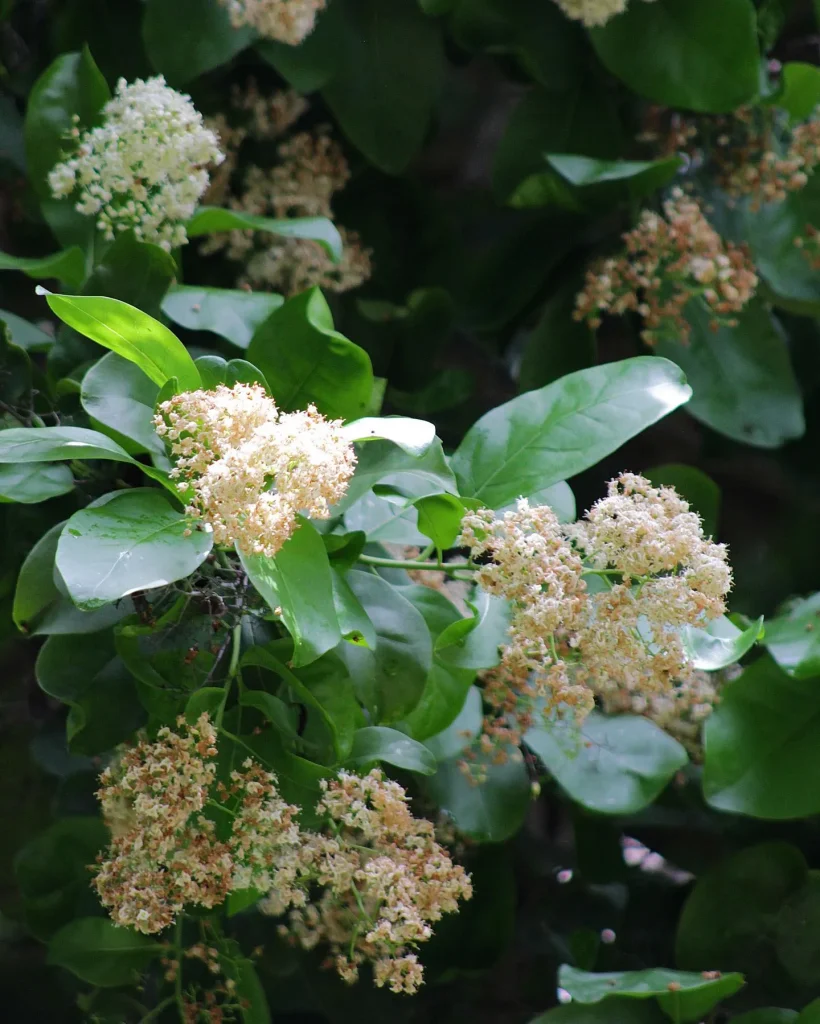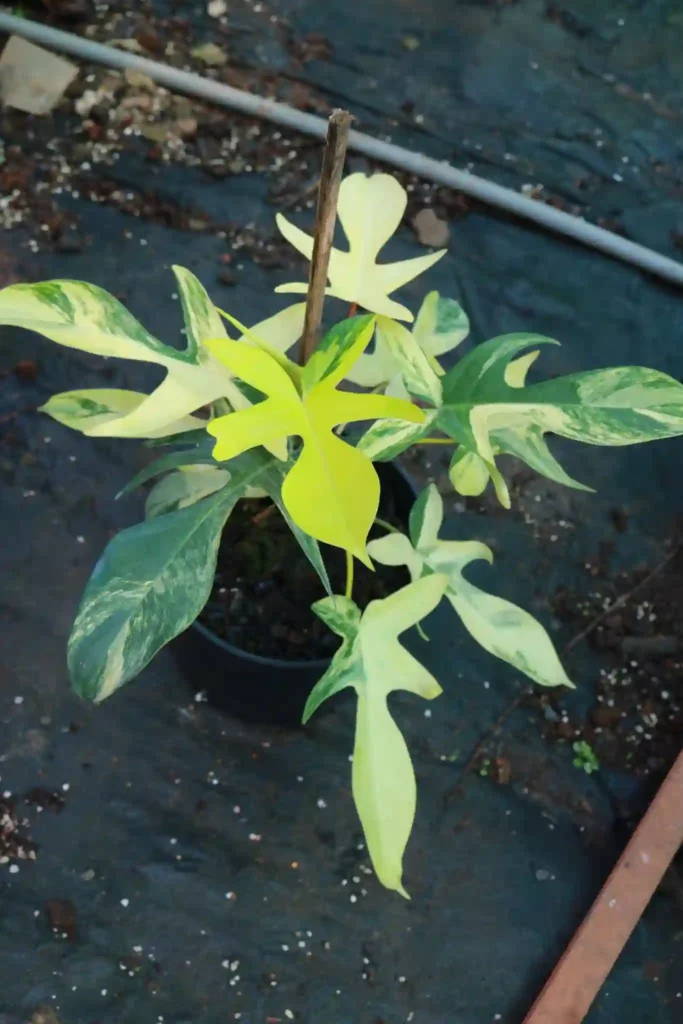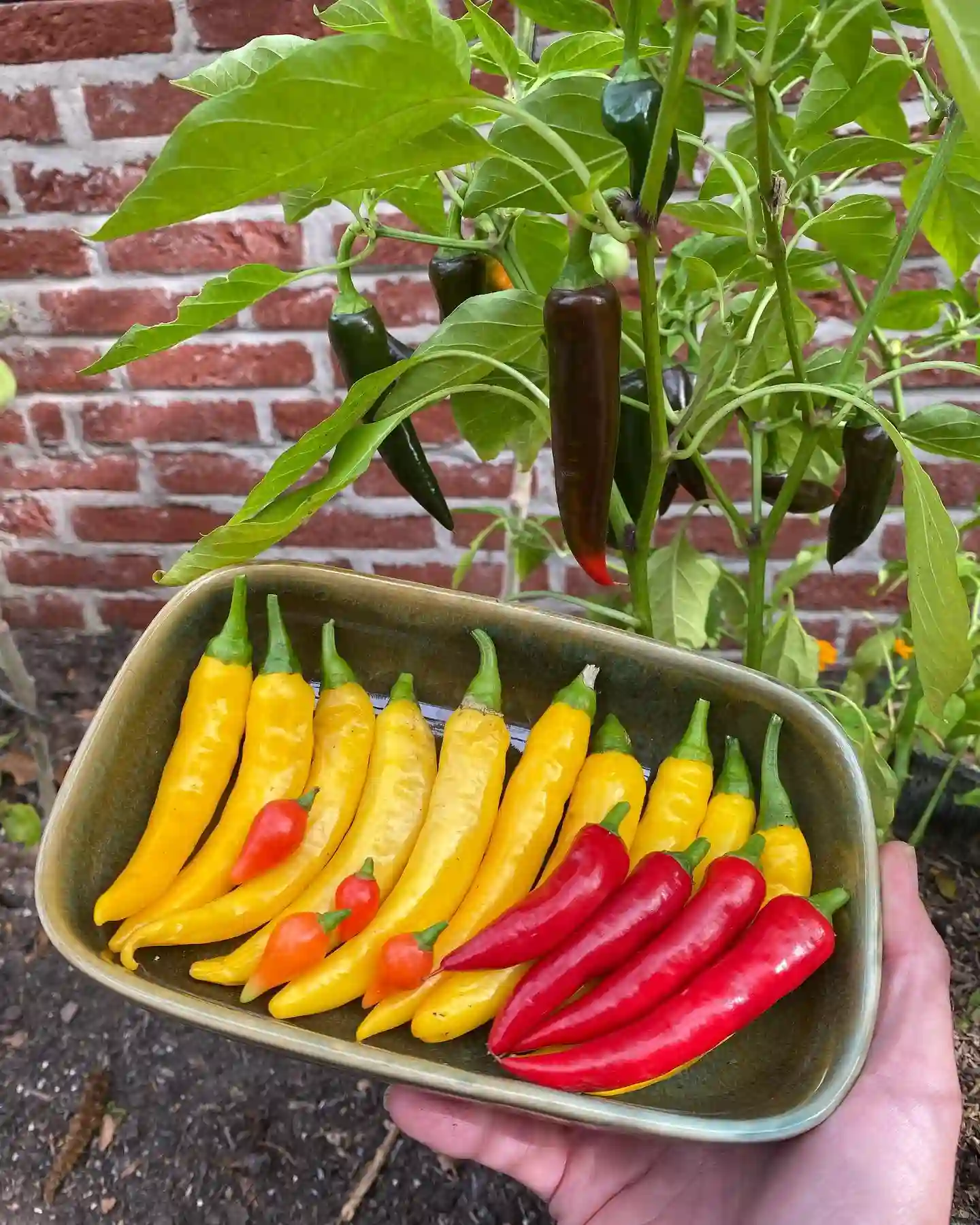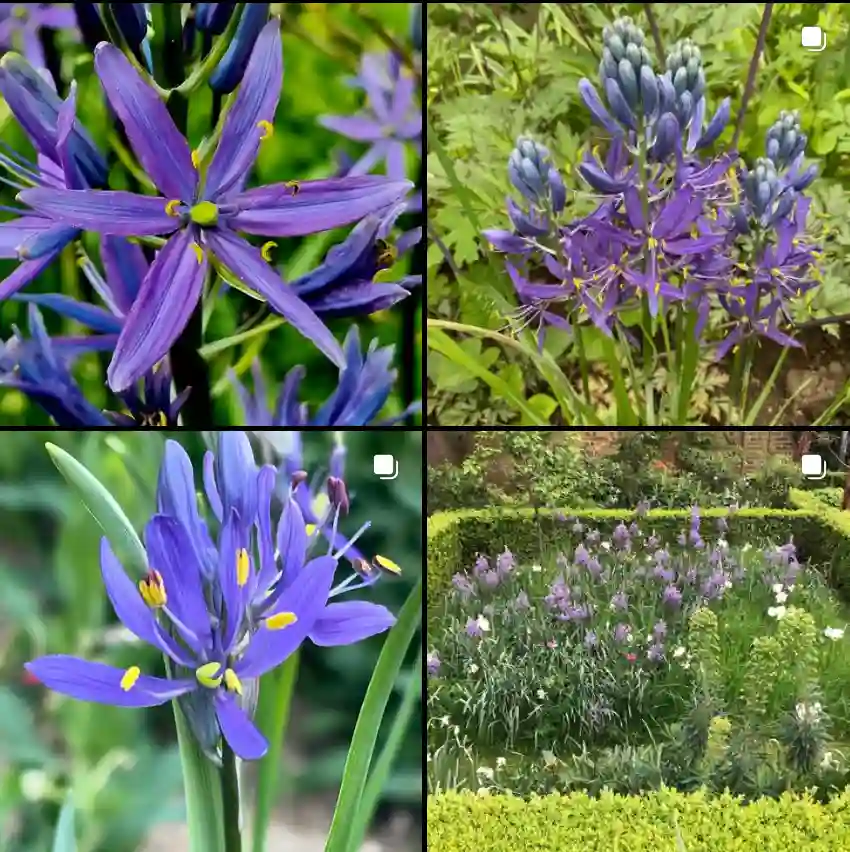FAQs About Lessingia Filaginifolia
Lessingia Filaginifolia, a synonym of Corethrogyne Filaginifolia, commonly known as California Woolly Sunflower, belong to the Asteraceae family, is a fascinating plant I’ve come to appreciate. Its unique appearance and adaptability make it a popular choice for various gardens. In this article, I’ll dive into some frequently asked questions about this plant to help you better understand and care for it.
Plant Family: 1720 Genera in Asteraceae
What is Lessingia Filaginifolia?
Lessingia Filaginifolia is a perennial herb native to California. It’s part of the Asteraceae family and is often admired for its woolly, silvery foliage and vibrant yellow flowers. The plant typically grows to about 1 to 2 feet in height and spreads out in a compact, mounding shape. Its unique, woolly texture is due to fine hairs covering the leaves and stems.
How to Care for Lessingia Filaginifolia?
Caring for Lessingia Filaginifolia is relatively straightforward. Here’s a guide to keeping this plant healthy:
- Sunlight: It thrives in full sun. Aim for at least six hours of direct sunlight per day. The more sun it gets, the better it will flower.
- Soil: Well-drained soil is crucial. It prefers sandy or gravelly soils with good drainage. Avoid heavy, clayey soils as they can cause root rot.
- Watering: This plant is drought-tolerant once established. Water it moderately, allowing the soil to dry out between waterings. Overwatering can lead to problems, so it’s better to err on the side of dryness.
- Fertilization: Lessingia Filaginifolia doesn’t require heavy feeding. A light application of a balanced, all-purpose fertilizer in the spring is usually sufficient.
- Pruning: Deadhead spent flowers to encourage more blooms and maintain a tidy appearance. You can also trim back the plant in early spring to promote new growth.
How to Propagate Lessingia Filaginifolia?
Propagating Lessingia Filaginifolia can be done through seeds or cuttings. Here’s how:
- Seeds: Start seeds indoors about 6-8 weeks before the last frost. Sow the seeds in seed-starting mix and keep them moist until germination, which usually occurs in 2-3 weeks. Once the seedlings are large enough to handle, transplant them into your garden.
- Cuttings: Take softwood cuttings in late spring or early summer. Dip the cut ends in rooting hormone and plant them in a well-draining mix. Keep the cuttings moist and in a warm, bright location. They should root in a few weeks.
What to Plant With Lessingia Filaginifolia?
Lessingia Filaginifolia pairs well with other drought-tolerant and low-maintenance plants. Here are a few suggestions:
- Lavender: The silvery foliage of Lessingia Filaginifolia complements the aromatic purple blooms of lavender.
- Succulents: The woolly texture of Lessingia Filaginifolia contrasts nicely with the smooth, fleshy leaves of succulents.
- California Poppies: These bright, orange flowers provide a striking color contrast against the yellow blooms of Lessingia Filaginifolia.
Benefits of Lessingia Filaginifolia
Lessingia Filaginifolia offers several benefits:
- Drought Tolerance: Its ability to thrive in dry conditions makes it ideal for xeriscaping and low-water gardens.
- Low Maintenance: Once established, it requires minimal care, which is perfect for busy gardeners.
- Wildlife Attraction: The bright yellow flowers attract pollinators like bees and butterflies, enhancing biodiversity in your garden.
Is Lessingia Filaginifolia Toxic?
No, Lessingia Filaginifolia is not known to be toxic to humans or pets. It’s a safe choice for gardens where children or animals might roam.
Common Problems with Lessingia Filaginifolia
While Lessingia Filaginifolia is relatively trouble-free, a few issues can arise:
- Overwatering: This is the most common problem. Too much water can lead to root rot. Make sure the soil is well-draining and avoid waterlogging.
- Pests: While not highly susceptible, it can occasionally attract aphids or spider mites. Regularly inspect your plants and treat any infestations promptly.
Compare with Similar Plants
Lessingia Filaginifolia vs. Lessingia Germanorum: While both are woolly plants with yellow flowers, Lessingia Germanorum tends to have a more sprawling habit compared to the compact form of Lessingia Filaginifolia.
Lessingia Filaginifolia vs. Achillea Millefolium: Both have a similar appearance with their fine, feathery foliage, but Achillea Millefolium, or Yarrow, often has more varied flower colors and tends to be taller and more upright.
In conclusion, Lessingia Filaginifolia is a fantastic addition to any garden. Its unique look, combined with its low maintenance and drought tolerance, makes it a standout choice for gardeners seeking a resilient and attractive plant. Whether you’re a seasoned gardener or a novice, this plant is sure to bring a touch of beauty and ease to your outdoor space.
If i die, water my plants!



